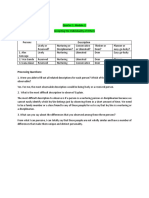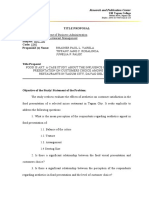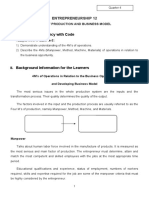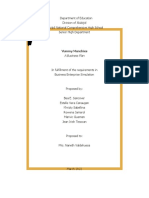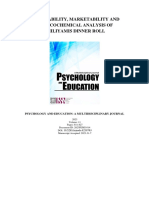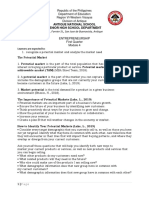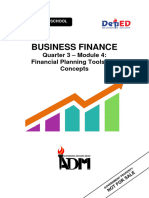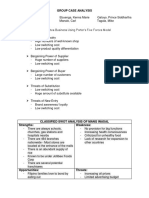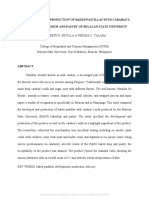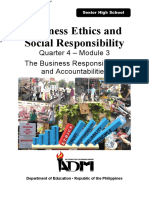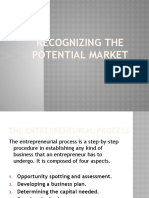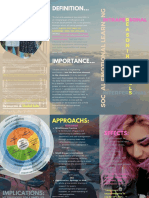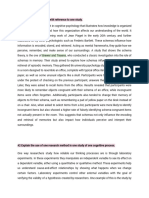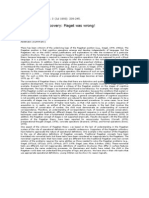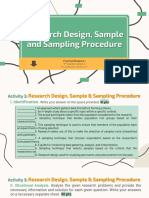100% found this document useful (1 vote)
405 views13 pagesChapter 1 V2
This document provides an introduction and background on product attributes and consumer buying behavior. It discusses how consumers evaluate products based on attributes and how attributes are used to differentiate products. The document then provides specific background on chicharon, a popular Filipino snack, and discusses how attributes like taste, price, packaging and preparation influence consumers' buying decisions of chicharon. Finally, the document reviews related literature on factors that influence consumer perception and buying behavior, including attributes, branding, advertising, packaging and situational factors.
Uploaded by
HHJGJHGJCopyright
© © All Rights Reserved
We take content rights seriously. If you suspect this is your content, claim it here.
Available Formats
Download as DOCX, PDF, TXT or read online on Scribd
100% found this document useful (1 vote)
405 views13 pagesChapter 1 V2
This document provides an introduction and background on product attributes and consumer buying behavior. It discusses how consumers evaluate products based on attributes and how attributes are used to differentiate products. The document then provides specific background on chicharon, a popular Filipino snack, and discusses how attributes like taste, price, packaging and preparation influence consumers' buying decisions of chicharon. Finally, the document reviews related literature on factors that influence consumer perception and buying behavior, including attributes, branding, advertising, packaging and situational factors.
Uploaded by
HHJGJHGJCopyright
© © All Rights Reserved
We take content rights seriously. If you suspect this is your content, claim it here.
Available Formats
Download as DOCX, PDF, TXT or read online on Scribd
/ 13
